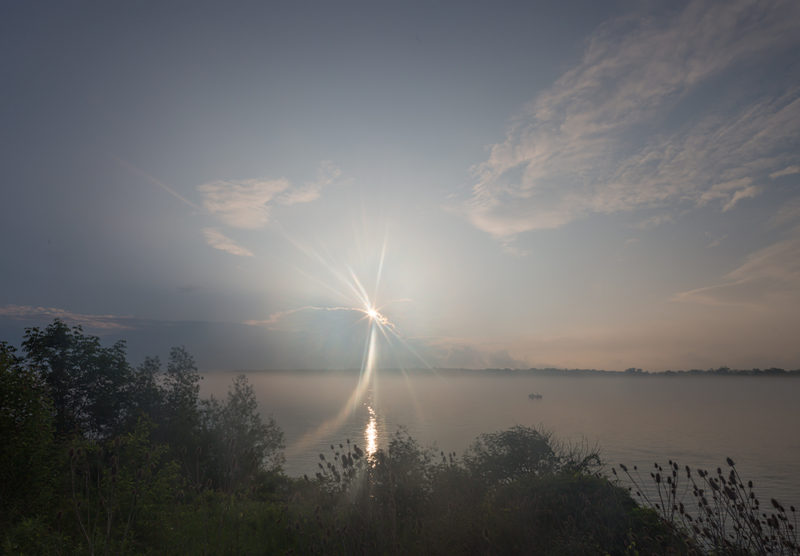Featured image: Within Reach, Crossing the St. Clair River to Canada Just South of Port Huron, Michigan; 2014
December 10, 2016 – March 19, 2017
The New Orleans Photo Alliance is delighted to present the work of Jeanine Michna-Bales, winner of the 2015 PhotoNOLA Review Prize, in the NOPA Gallery. Bales will show selections from two projects:
Through Darkness to Light: Seeking Freedom on the Underground Railroad: They left during the middle of the night – often carrying little more than the knowledge that moss grows on the north side of trees. An estimated 100,000 slaves between 1800 and the end of The Civil War chose to embark on this journey out of bondage. They moved in constant fear of being killed or recaptured; then returned and beaten as an example of what would happen to others who might choose to run. Under cover of darkness, ‘fugitives’ traveled roughly 20 miles each night traversing rugged terrain through wind, rain and worse. Occasionally, they were guided from one secret, safe location to the next by an ever-changing, clandestine group known as the Underground Railroad. From a cotton plantation in Louisiana all the way north to Canada, this series of photographs can help us imagine what the long road to freedom may have looked like as seen through the eyes of one individual who made this epic journey, circa 1840s.
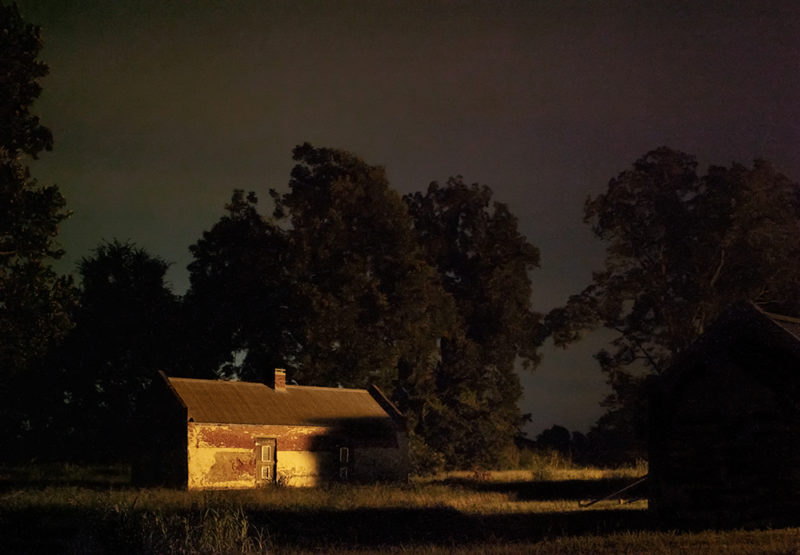
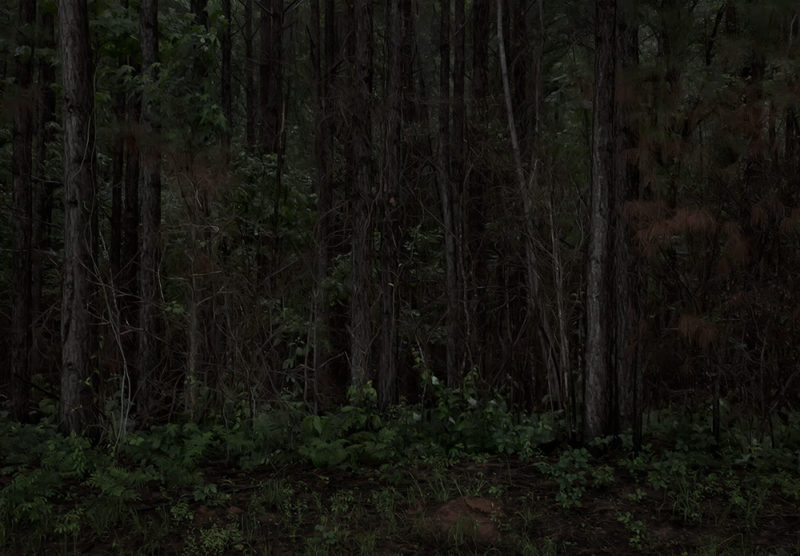
The Barnett Shale: A Frack-tured Land: America’s continued dependence on fossil fuels has lead us to a breaking point. With a focus on oil and gas independence from other countries, we have turned to the aggressive process of hydraulic fracturing, or ‘fracking’ as a means to extract oil and natural gas from the earth. The process has been scientifically linked to earthquakes, air and groundwater contamination, health issues in humans and livestock, and dangerous pipeline and well blowouts.
Prior to a series of 10 earthquakes within 24 hours around Halloween of 2008, the Dallas-Ft. Worth area had virtually no earthquakes on record. Since then, the number of quakes and their magnitudes have been increasing at an alarming rate, with over 81, at 1.5+ magnitude, in 2015. The DFW Metroplex sits on top of The Barnett Shale Formation, encompassing 17 counties in Northeast Texas impacting a total population of about 6 million. Texas is no stranger to the oil and gas industry, eventhough only 2% of Texans hold mineral rights. Yet, the Texas State Legislature passed House Bill 40 in May, 2015 – effectively siding with the oil and gas companies against local citizens by overturning a fracking ban in Denton County.
Shale formations lie quietly below most of the Earth’s surface, making this project relevant to everyone. And indeed, 7 other states within the U.S. are dealing with the exact same issues: OK, OH, AL, AR, CO, KS and NM. They too are enduring silent government officials and lack of local media coverage.
My goal for this series is to visually highlight the negative impact of fracking as we currently know it. Because the seismic activity is still being studied, we aren’t fully aware of the ramifications due to this process. However, we know that the oil and gas industry is profit driven. And with wells not producing at their estimated rate, more wells are being drilled to maintain their profit structure—producing substantially more wastewater which is being injected into numerous wastewater wells. Recent scientific research has shown these wells can activate fault lines within a 50 km (30+ miles or so) distance from their location or possibly even further.
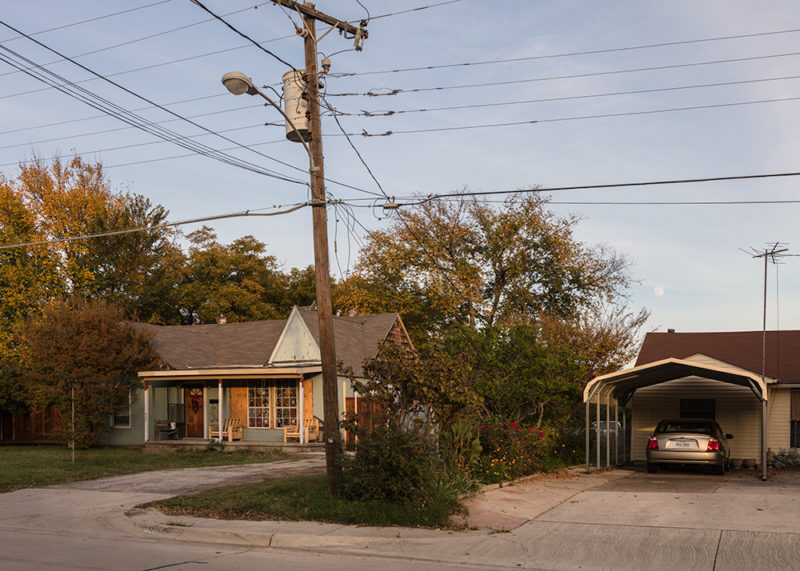
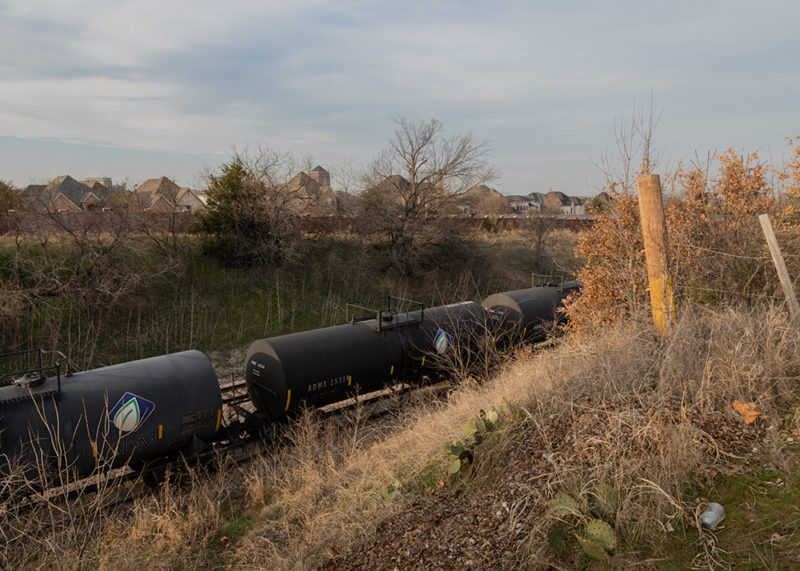
About the Artist: Jeanine Michna-Bales‘ work explores the relationship between what has occurred, or is occuring, in our society and how people have chosen to react to those events. She thoroughly researches each topic – considering different viewpoints, causes and effects, and political climates – and often incorporates that research into her projects through extended captions, placed text, and/or audio. Whether exploring the darkened stations along the Underground Railroad, long-forgotten nuclear fallout shelters, or the invisible earthquake epicenters of environmental turmoil, she seeks out places that are hidden all around us in plain sight. Each, with its own story begging to be told and lessons waiting to be shared.
Images from the series “Through Darkness to Light: Seeking Freedom on the Underground Railroad” have appeared in group shows around the United States, including Moving Walls 23: Journeys currently showing at Open Society Foundation in New York; Southern Exposure: Portrait of a Changing Landscape at MOCA | Jacksonville; and have been featured in numerous online blogs and publications, including Transition from Harvard University, Geo Histoire, In Sight from The Washington Post, Lenscratch, and Wired Raw File. In 2014, she was named to the Photolucida Critical Mass Top 50. A publication of her Underground Railroad series will be released in February 2017 from Princeton Architectural Press.
